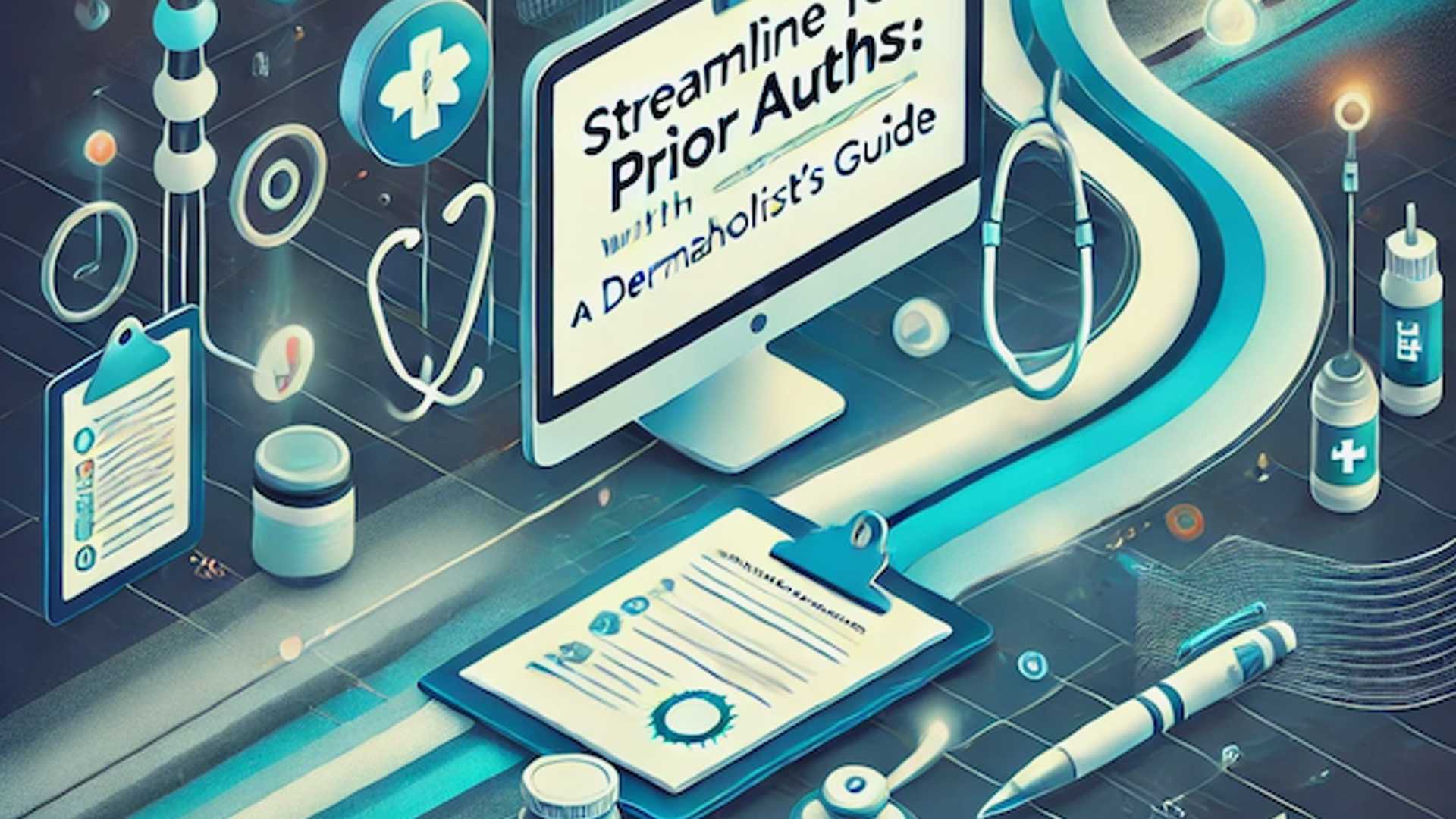Streamline Your Prior Auths with ChatGPT
Ah, the dreaded prior authorization process—a necessary evil in the world of dermatology. It's a time-consuming labyrinth of paperwork and phone calls that can make even the most seasoned dermatologist groan. Yet, it's crucial for ensuring your patients receive the treatments they need, from biologics for severe psoriasis to isotretinoin for stubborn acne. With insurance companies setting their own unique hoops to jump through, it’s no wonder this task feels like an uphill battle.
ChatGPT is your new best friend in drafting those pesky prior auth requests. While software tools like EHR systems and automated portals offer some relief, they often come with their own set of limitations—think clunky interfaces and integration nightmares. ChatGPT can help you craft well-structured requests that hit all the right notes with insurers, potentially speeding up approvals and getting your patients on the road to recovery faster.
 Utilizing ChatGPT for Prior Authorization Requests
Utilizing ChatGPT for Prior Authorization Requests
In this tutorial, we'll explore how to harness the power of ChatGPT to draft a prior authorization request for one of the common scenarios you face in dermatology. Whether you're dealing with biologic medications or phototherapy treatments, this guide will help you navigate the process with ease and maybe even a little flair.
The very first time you try this, start by opening ChatGPT and entering a basic prompt. For instance, if you're working on a prior authorization request for isotretinoin, you might begin with: “Draft a prior authorization request for isotretinoin for a patient with severe acne.” This sets the stage for ChatGPT to understand what you're aiming to achieve. The initial prompt should be straightforward but informative enough to give context. The AI’s first response will give you some ideas to make it better.
Next, refine your prompt by adding specific details that are crucial for approval. Include information such as previous treatments tried and failed, compliance with safety guidelines, and any relevant patient history. Since ChatGPT remembers your last message, you can just reply with a message like: “The patient is 17 years old with severe cystic acne who has not responded to oral antibiotics or topical retinoids. Include compliance with iPLEDGE program requirements.” IMPORTANT: ChatGPT is not HIPAA compliant, so never include identifying information about patients. This level of detail helps ensure that ChatGPT generates a comprehensive request. What’s cool is it knows you want a revised draft and will re-write the whole letter for you!
 Finally, review and edit the generated draft. While ChatGPT is great at providing a solid foundation, you'll want to tweak it to match your specific needs and ensure accuracy. Check that all necessary documentation is referenced and that the tone is professional yet persuasive. Remember, you're aiming to convince an insurer of medical necessity, so clarity and precision are key.
Finally, review and edit the generated draft. While ChatGPT is great at providing a solid foundation, you'll want to tweak it to match your specific needs and ensure accuracy. Check that all necessary documentation is referenced and that the tone is professional yet persuasive. Remember, you're aiming to convince an insurer of medical necessity, so clarity and precision are key.
When you’re satisfied with the final product, I recommend combining the messages you sent to ChatGPT into a single prompt that you can save and re-use as a template for future requests. Something like this: “Draft a prior authorization request for [medication] for a patient with [condition].The patient… [relevant patient history and previous treatments tried and failed]Include these compliance with safety guidelines: [specific compliance with safety guidelines you care about]”
Using ChatGPT can significantly streamline the process of drafting prior authorization requests in dermatology. By starting with a clear basic prompt and refining it with detailed information, you can generate effective drafts that save time and effort.




















